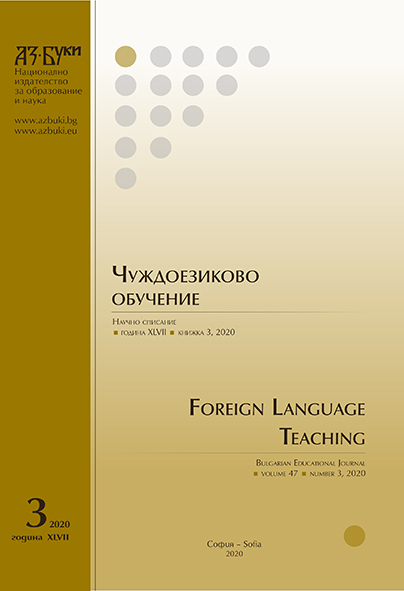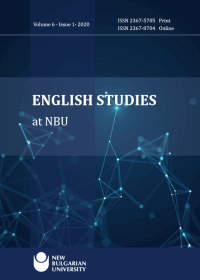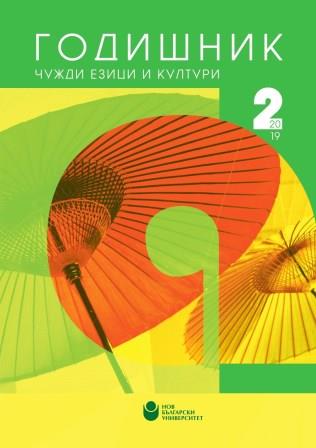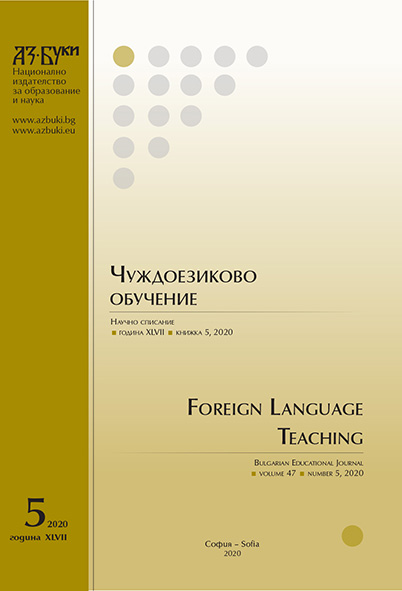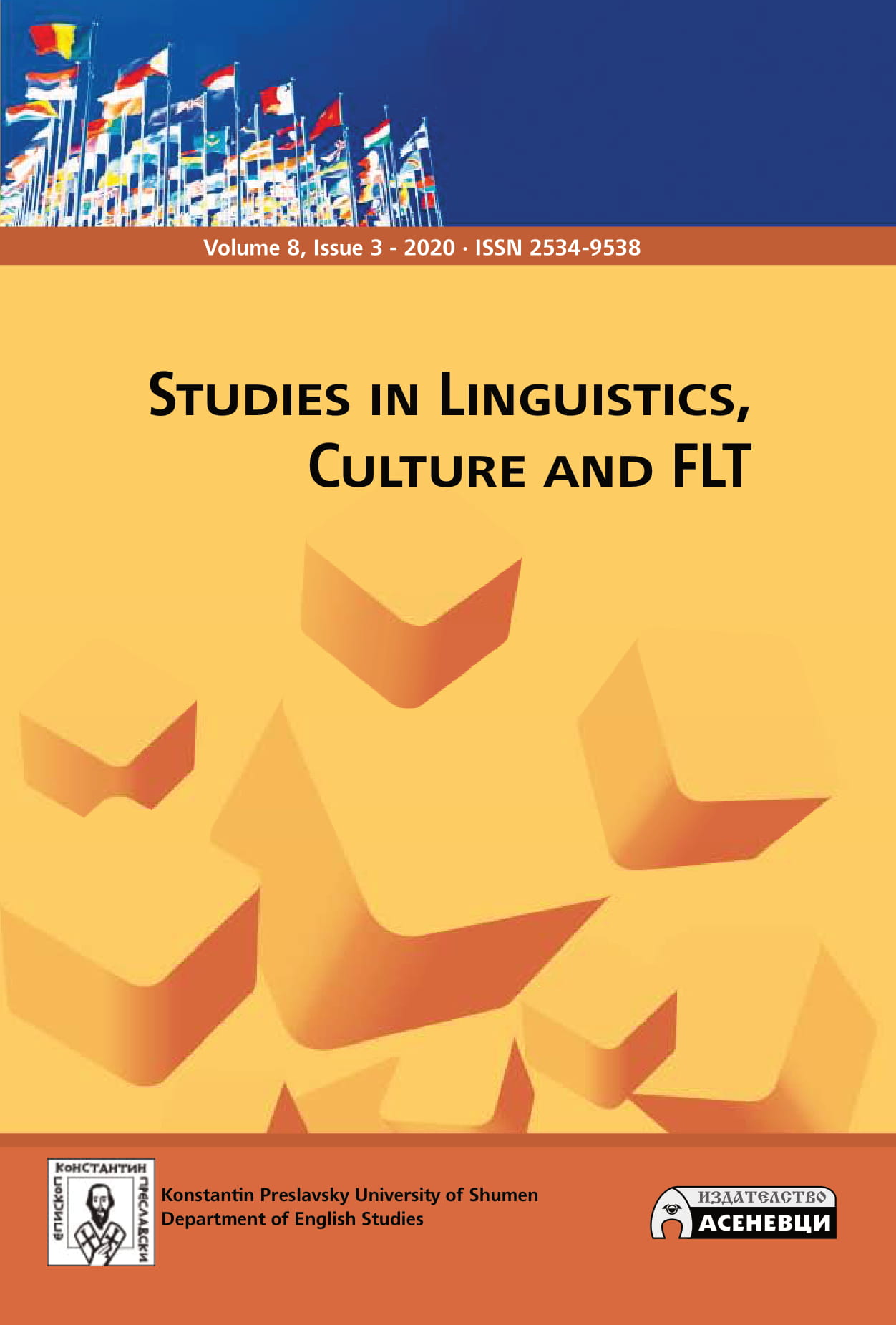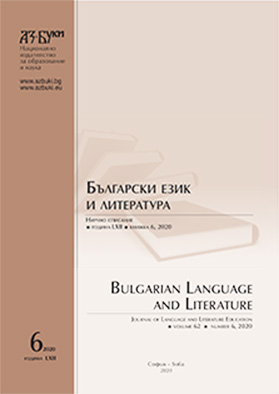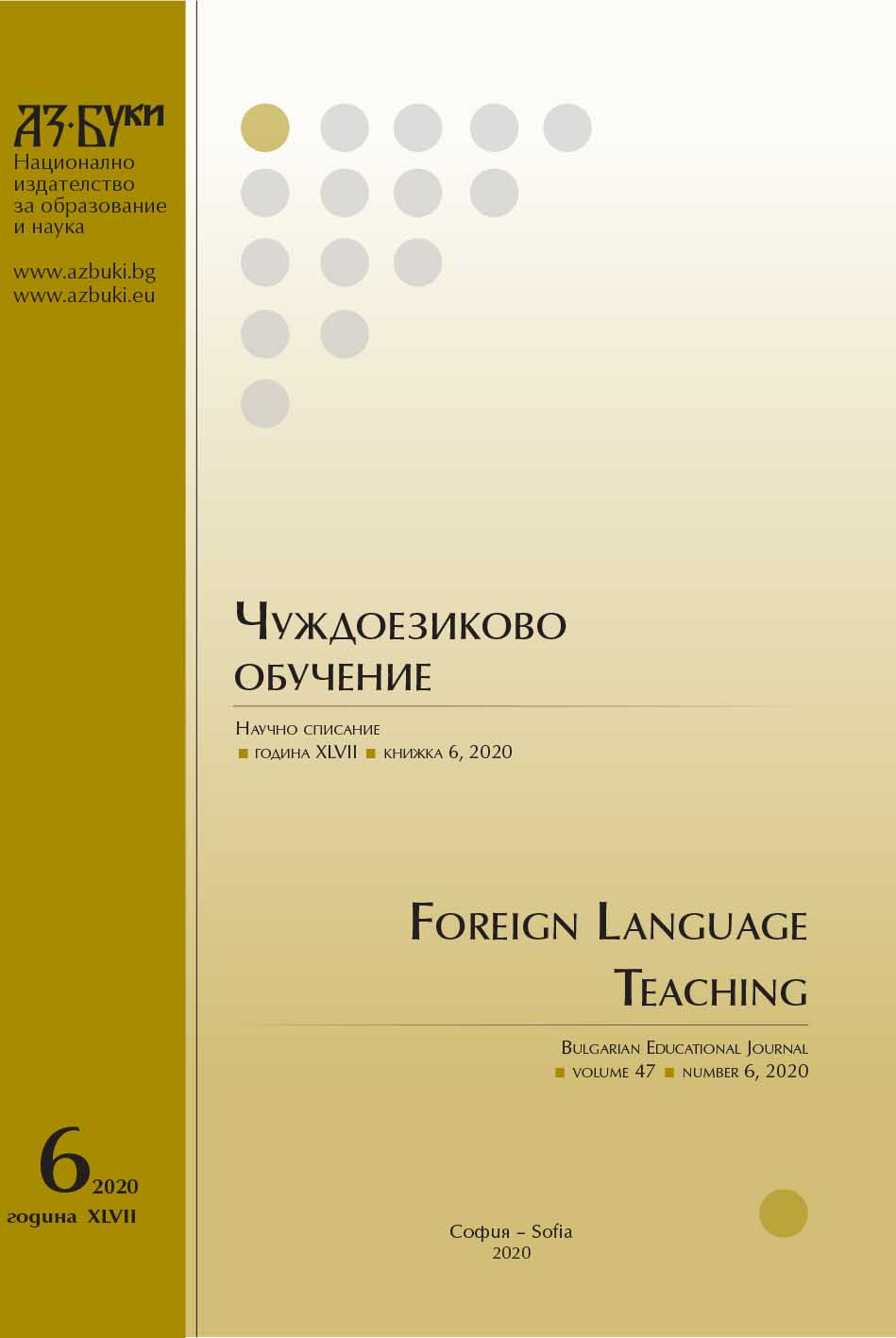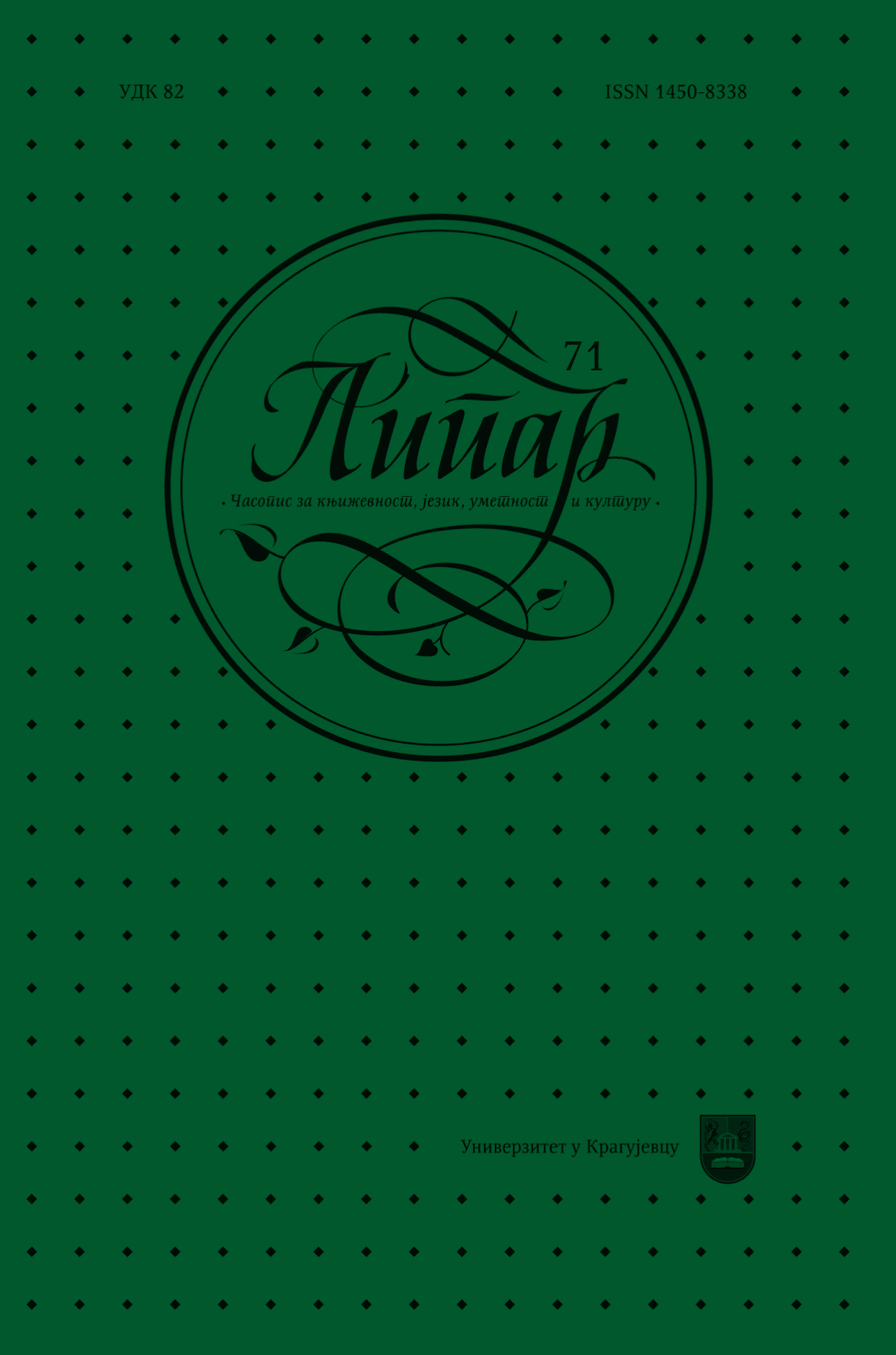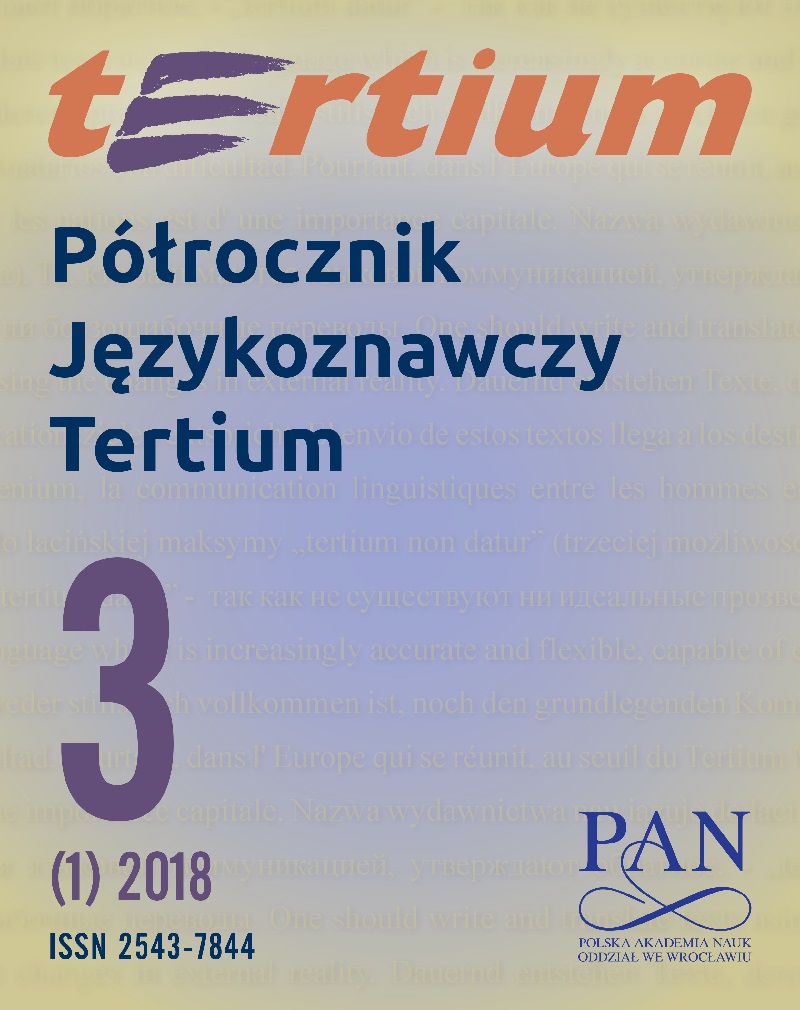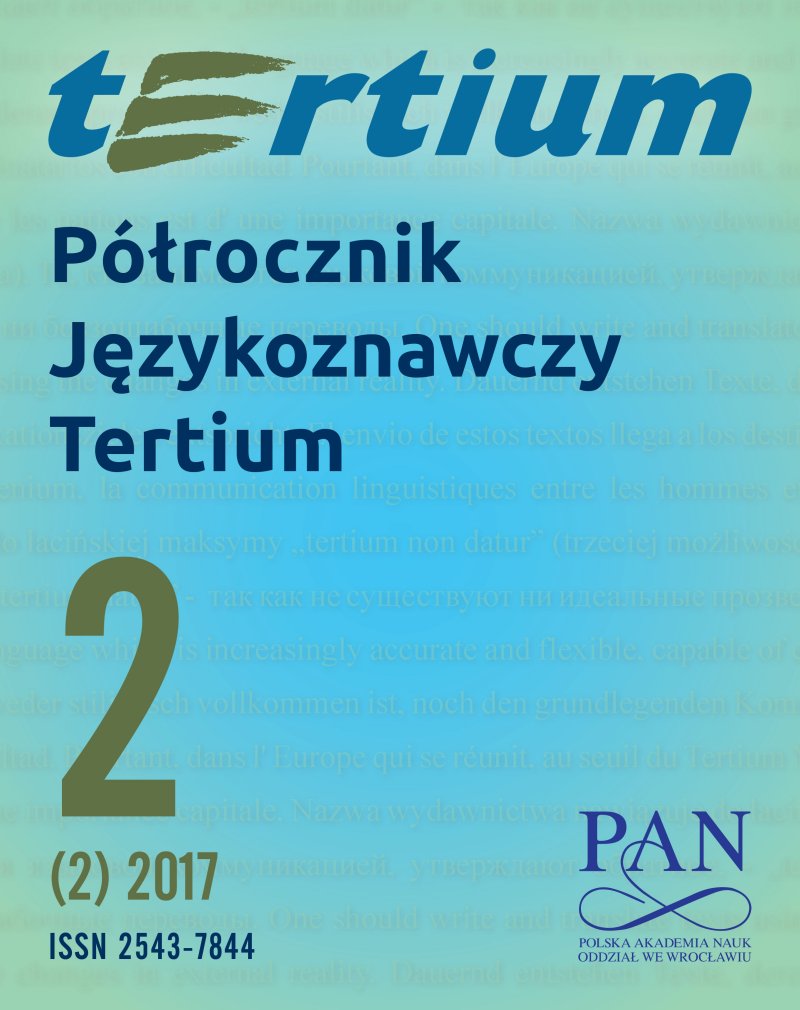Author(s): Paweł Madej / Language(s): Polish
Issue: 2/2017
Badanie napisów jest młodą dyscypliną naukową. Nie ma wielu publikacji analizujących i prezentujących kwestię tłumaczenia audiowizualnego, w szczególności napisów filmowych/teatralnych. Dlatego nie ma wielu źródeł istotnych informacji dotyczących problemu. Przykłady zawarte w tym tekście pochodzą z autorskiej obserwacji filmów i spektakli teatralnych. Autor odwołuje się do badań przeprowadzonych wśród kinomanów podzielonych na trzy grupy – osoby z wykształceniem filologicznym, osoby z wykształceniem uniwersyteckim oraz osoby bez wykształcenia uniwersyteckiego. Tekst dotyczy także napisów z przedstawień teatralnych (Teatr Dramatyczny, Teatr Studio, Nowy Teatr). Wybrano następujące spektakle. Kabaret J. Kandera, Rosyjski kontrakt Andrieja Płatonowa. Ciekawy przypadek psa wieczorową porą Simona Stephensa, Biedny Ja, Suka i Jej nowy koleś Michała Walczaka, Nasza klasa autorstwa Tadeusza Słobodzianka oraz Bent Martina Shermana. W kolejnych częściach artykułu autor przedstawia realia dotyczące etapów tworzenia napisów filmowych lub przygotowania nadtytułów teatralnych i ich weryfikacji. Odpowiada na pytanie, kto, kiedy i jak ocenia te napisy. // Subtitles research is a young discipline in the field of science. There are not many publications analyzing and presenting the issue of audiovisual translation, in particular film/ theatre subtitles. Therefore, there are not many sources of relevant information concerning the issue. Examples included in this text come from the author’s observation of films and theatre performances. The author makes reference to the research conducted among moviegoers divided into three groups – people with philological educational background, people with university background, and people without any university education. The text also relates to subtitles from theatre performances (Teatr Dramatyczny, Teatr Studio, Nowy Teatr). The following performances were chosen: Cabaret by J. Kander, The Russian Contract, by Andrei Platonov, The Curious Incident of the Dog in the Night-Time by Simom Stephens, Poor Me, the Bitch, and Her New Guy by Michał Walczak, Our Class by Tadeusz Słobodzianek and Bent by Martin Sherman. In the following sections of the paper, the author presents realia concerning the stages of film subtitles or theatrical supertitles preparation and their verification. He addresses the question who, when and how evaluates these subtitles.
More...
